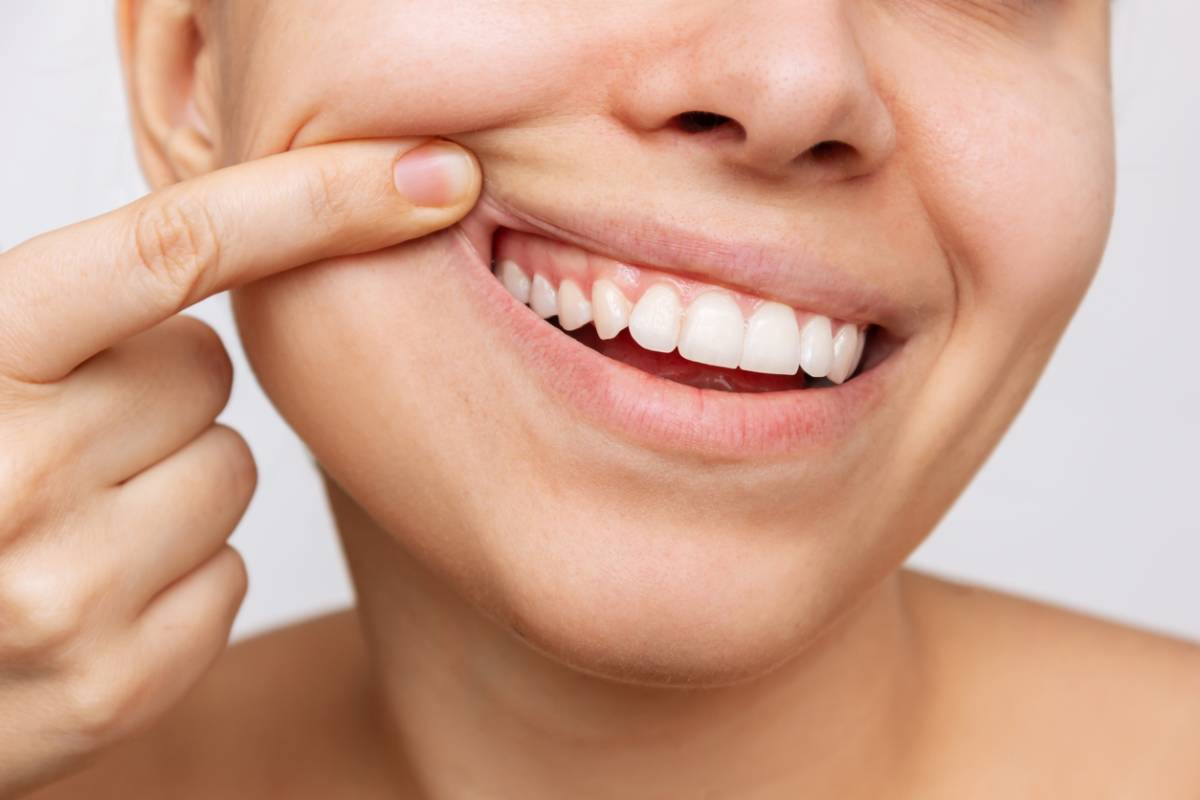Gum recession is a common oral health issue. It is characterized by the gradual exposure of your tooth’s root. This is due to the shrinking or pulling back of the gum tissue. This often goes unnoticed in the beginning as it may not be super obvious. You may notice some symptoms of the condition before you notice your gums actually receding. Common symptoms include temperature sensitivity and discomfort. It’s important to seek treatment right away. Untreated gum recession can increase your risk of tooth decay and gum disease. You may wonder, what to do about receding gums? Top 3 treatment options below.
What to do about receding gums? Top 3 treatment options
Proper treatment for gum recession is important for your oral and overall health. Without proper treatment, it can lead to serious issues. The type of treatment depends on the severity of your gum recession. Below you will find the top 3 treatment options for the condition.
Gum Graft Surgery:
In severe cases, gum graft surgery is necessary. The procedure involves taking tissue from another part of your mouth. That tissue is then grafted to the area where your receding gums are. The grafted tissue is often taken from the roof of your mouth. The grafted tissue is effective in covering your exposed roots. It also improves your gum health and can make your smile look much better.
Pinhole Surgical Technique:
The pinhole surgical technique (“PST”) is a minimally invasive treatment performed by a periodontist in DTLA. It is less invasive than gum grafting. The treatment involves a pinhole surgical technique specialist making several holes in the gum tissue where your receding gums are. The gums are then gently repositioned to cover the exposed root of your tooth. This is a great alternative to gum graft surgery as the recovery period is much shorter.
Scaling and Root Planing:
For those who seek treatment early, scaling and root planing may be enough. This treatment is also referred to as a deep clean. Early-stage gum recession can be effectively treated with a deep clean. This involves the removal of plaque and tartar from above and below your gum line. It also smoothes out your tooth roots and encourages gum reattachment.
Preserving Your Results
After gum recession treatment, it’s important to preserve your results. This can ensure your oral health stays in good shape. Consider the following tips to preserve your results and ensure your long-term gum health.
Oral Hygiene:
Having a healthy oral care routine is key when it comes to your overall oral health. This includes brushing at least twice a day with a soft-bristle toothbrush for two minutes. It’s important to floss daily as well. This can help remove harmful debris from the hard-to-reach places in your mouth.
Regular Dental Checkups:
You should visit the dentist at least every six months. For those with a history of tooth decay or gum disease, you may need to visit the dentist more often. Avoid skipping out or pushing your appointment to a later date. Regular dental visits can keep your oral health in good shape.
Avoid Smoking:
Smoking is really harmful for your oral health. It can increase your risk of tooth decay and gum disease. It can also lead to a gum recession. Avoid smoking at all costs due the impact it can have on your oral health.
Stay Hydrated:
Drinking plenty of water is beneficial for you in general. However, it can also keep your mouth moist and support your oral health.
Healthy Diet:
A healthy and balanced diet can positively contribute to your gum health. This includes a diet rich in vitamins and minerals. Avoid processed foods that are high in sugar.



